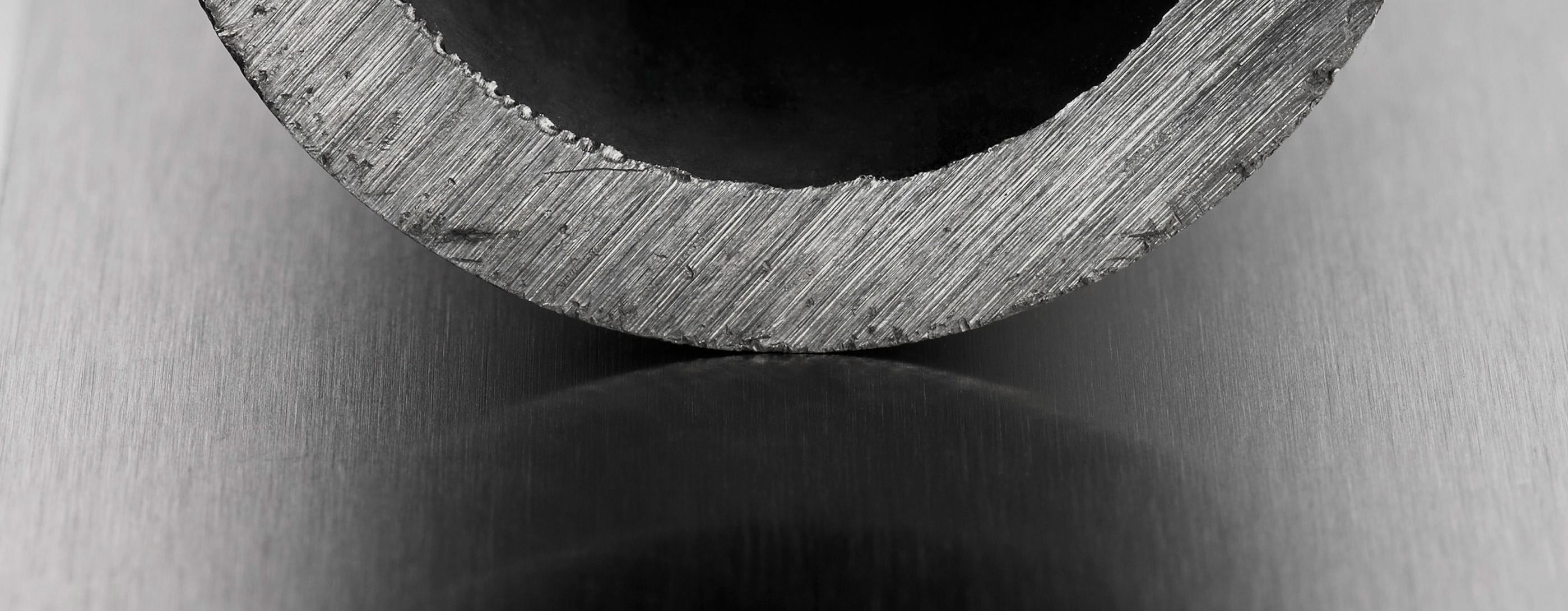
Can Rolex Watches Rust? Complete Guide
Have you ever wondered if Rolex watches can rust? It can feel unimaginable that a several-thousand dollar watch would start to rust, but at the same time, if it’s made of steel, why wouldn’t it?
Rolex has used stainless steel throughout its whole production history. But the fact is that even though stainless steel is resistant to staining, pitting, and rusting, it is not rust-proof. This means that stainless steel can, in fact, rust. It is just far more resistant against it than stainless steel.
Rolex 316L stainless steel
If you look at certain older Rolex watches, you’ll be able to notice pitting and/or rust. This usually happens on the case behind the bracelet or where the case back meets the case. This is naturally most often seen on older watches as rusting is not something that starts happening immediately.
Up until about 1985, Rolex used 316L stainless steel. This is a metallic alloy of stainless steel that is austenitic and contains nickel and molybdenum, making it more corrosion resistant than regular steel. This is the stainless steel that the vast majority of watch companies use for their watches. But over the decades, Rolex started to identify an issue with this steel, namely pitting and rusting. Whilst rust on watches that use this steel is relatively uncommon, it is not a rare occurrence to see some levels of pitting and rust on the cases of these watches.
With that said, Rolex set out to solve this issue, and they did.

Change to 904L stainless steel
In around 1985, Rolex started to exchange 316L stainless steel for 904L stainless steel. The first watch to use 904L steel was the SeaDweller. This makes sense because naturally, the watches that are subject to a lot of water and even corrosive substances like saltwater will naturally rust faster than those that are not.
Rolex developed its own form of steel which they call Oystersteel. The Oystersteel belongs to the family of 904L steels but has been slightly revised by Rolex to improve its properties. The benefit of 904L steel that made Rolex change from 316L is the fact that it is particularly resistant to corrosion, which proved to be an issue over time with the 316L steel. Furthermore, the 904L, once polished, acquires an exceptional shine that 316L steel cannot compete with.
904L stainless steel is used in the high technology, aerospace and chemical sectors thanks to its anti-corrosion properties, so if you want to create a steel watch that will never rust or corrode, it’s a natural choice.
904L tends to be slightly harder than 316L. 316L is normally tempered to between 78 and 90 HRB and 904L is normally between 85 and 90. In theory, it makes 904L more scratch-resistant but it is so little that it is barely noticeable in practice. Partially, this is also because 904L steel has a greater lustre which makes the scratches blend in more than they do on 316L.
The result of Rolex using 904L stainless steel instead of 316L has resulted in the fact that it’s very rare to see modern Rolex watches that have rusted. Of course, as with basically all types of stainless steel, it is possible for them to rust but it takes a long time and it requires that they are subject to a lot of corrosion-driving liquids or chemicals over a long period of time. But the issue was much greater back in the days, as watches could develop rust and pitting even if they were just used normally without being used in the water or worn in humid climates.

The movement is not rust-proof
Today, Rolex makes its steel bracelets and cases in 904L which gives them great rust-proof properties. However, the same cannot be said about the movement. If your watch gets water into the case, you’ll need to get it resolved as quickly as possible. When water or moisture finds itself into the movement it can cause the parts in the movement to rust very quickly. So whilst the case and bracelets are highly resistant to rust, the movement isn’t. If you are going to take your Roelx swimming or diving, or even take it to humid climates, it is advised that you have it pressure tested before.

Even small amounts of moisture can cause serious corrosion and rust on the movement and ultimately cause huge damages. The biggest issues (and the highest service repair bills) tend to be the result of moisture having found itself into the case and then been left unattended for a prolonged period of time.
The bottom line is that if you identify that water or moisture has found its way into the case of your watch, you should have it resolved by a watchmaker as soon as possible.




